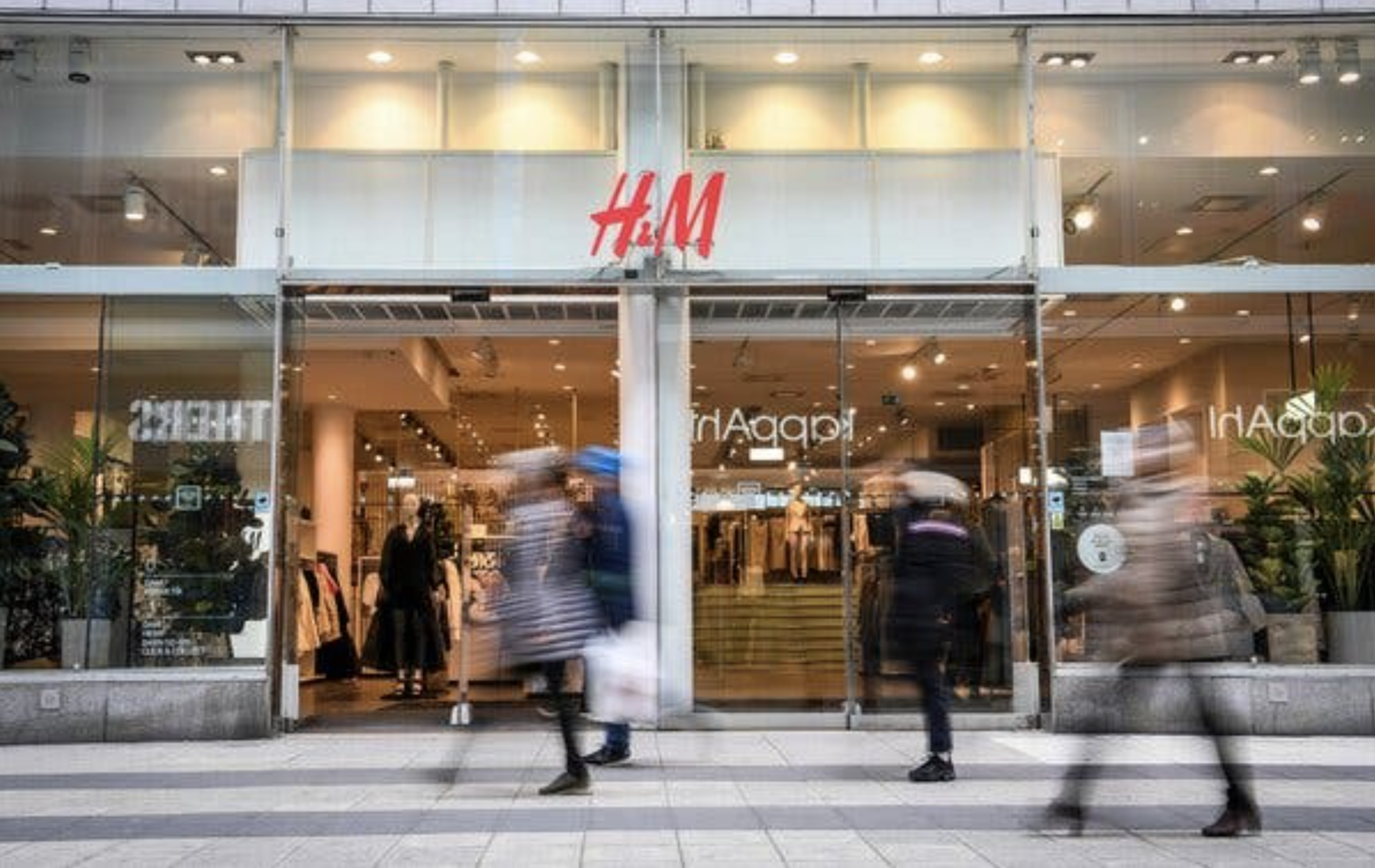How Do Store Layouts Relate to Your Overspending Habits?
Image Courtesy: The New York Times
Have you ever walked into a mall purely with the intentions of simply browsing or window shopping and then ended up buying something?
I have to admit: I am guilty of this. As a shopaholic, every time I stroll down Newbury Street with the intention of window shopping or “scoping out the market,” I always end up with bags in hand and a dent in my bank account.
But it wasn't until a couple months ago—when I started working as a sales associate at Anthropologie, a fast fashion retail store—that I realized that the damages done to my bank account aren’t entirely my overspending habit’s fault, but can be attributed to strategic product placements and store layouts and designs. Of course, this doesn’t mean that you can place the blame entirely on the stores themselves, but store layouts do play a psychological role in subconsciously appealing to your overspending habits.
What is retail product placement?
Retail product placement is a form of embedded marketing technique where stores will research consumer behaviors and preferences in order to make more informed decisions on where certain products should be placed within a retail space. According to dotactiv, designed to subtly appeal to the subconscious of consumers, stores rely on product placement as a way to “control the behaviors of the customer from the moment they enter your shop until they hit your tills”—allowing for a more controlled maximization of sales.
Image Courtesy: Fashion Network
How do brands know what to place where?
Though there isn’t a one-size-fits-all approach to store layouts as they vary from store-to-store, brand-to-brand, and even across regions, there are several rules of thumb that stores rely on when thinking about product placement.
First, stores will typically place their more luxurious or expensive items in the front. As consumers, we attribute luxurious items with higher quality and exclusivity. So by placing these items in the front, stores are able to position themselves as sellers of high reputability, quality and establish a sense of exclusivity in their branding in consumer minds. For example, at Anthropologie, more expensive dresses are displayed in a designated “Dress Shop’ section at the front—whereas the sale room is located all the way in the back of the store.
Another tactic that stores will also use is placing essential, everyday, and more popular items in the back. This forces consumers, in order to reach the essential item they’re looking for, to walk through the entire store. Big brands like Costco (though not a retail brand) are notorious for doing this—specifically placing cheaper items, such as their $4.99 rotisserie chicken, people are typically most drawn to in the back. This tactic specifically focuses on increasing the time consumers spend in the store, in the hopes that other items in the store will also catch their attention—resulting in the consumer walking out of the store with more items than they intended to buy.
Last, but equally important, is the product placement golden rule: “eye-level is buy level”. In product placement, this means that placing the majority of your products at the consumer’s eye level. Anything above eye level can be difficult to see or reach—and anything below eye level would result in consumers having to bend over or crouch down. In fact, this mantra has been so scientifically proven that “brands and manufacturers are often willing to devote up to 50% of their promotional budgets on securing featured display space, including eye level shelf placement.” Acting as a guiding principle, this is why we see so many products in retail stores hung on racks that are very accessible as compared to being folded and placed on shelves.
How does this help me as a consumer?
If you’re anything like me and overspending is your favorite past-time, then understanding retail product placement will not only help protect you from falling victim to these stores, but also help protect your poor pockets. All jokes aside—it is important for us as consumers, especially in a world of fast fashion where there are an exponential amount of choices, to recognize and understand marketing techniques in order to make more informed purchasing decisions.
Vanessa Ho



